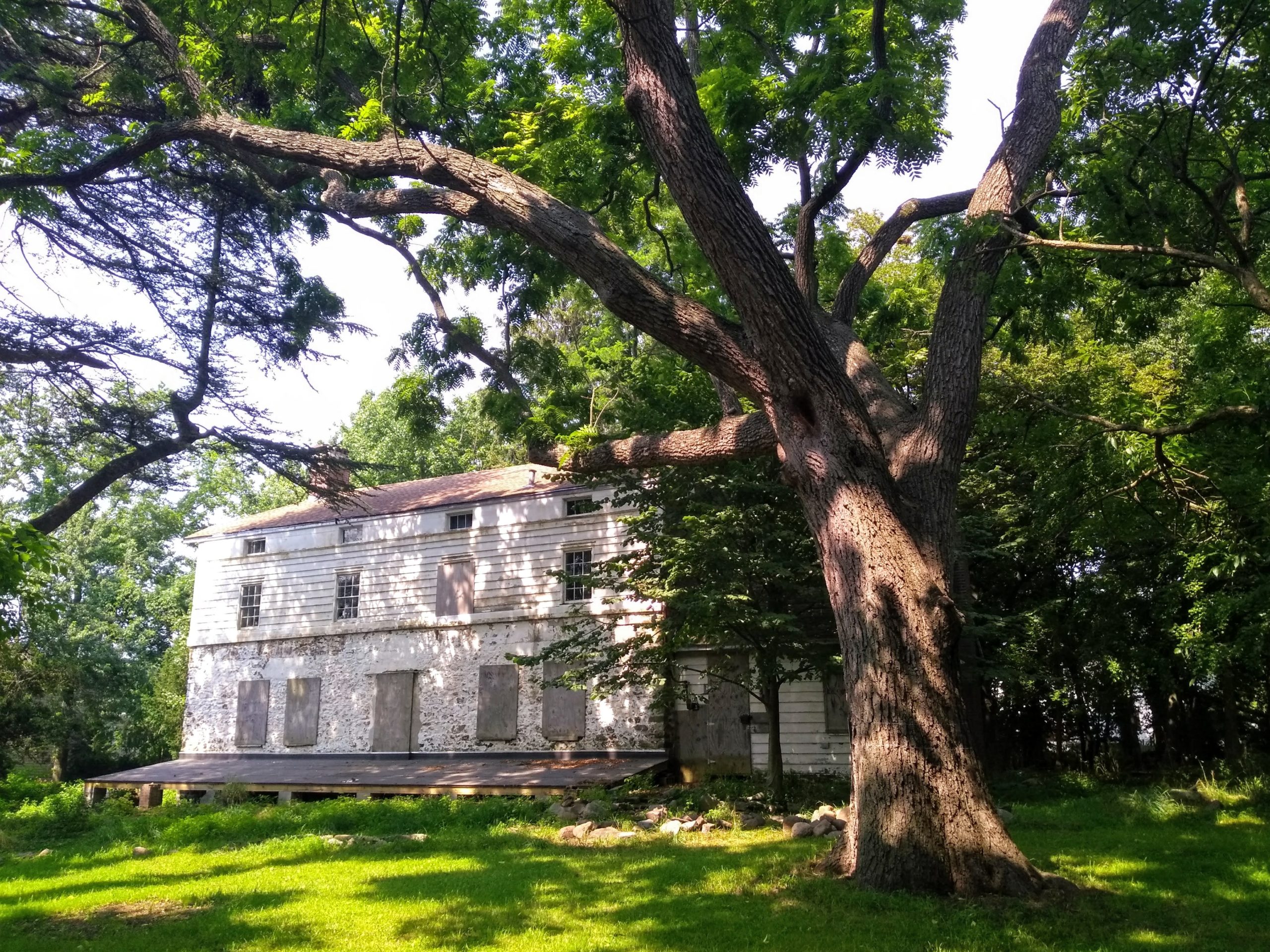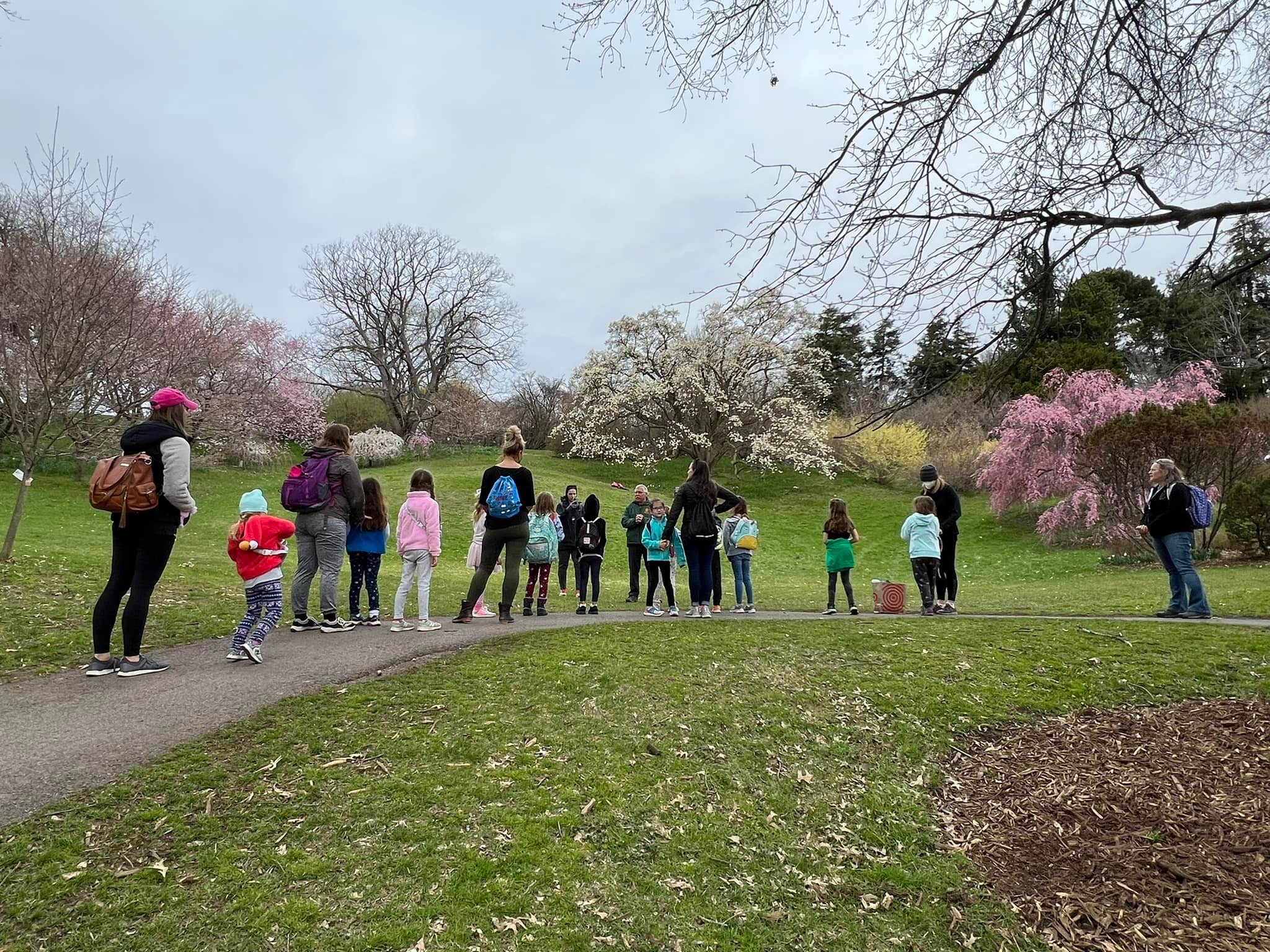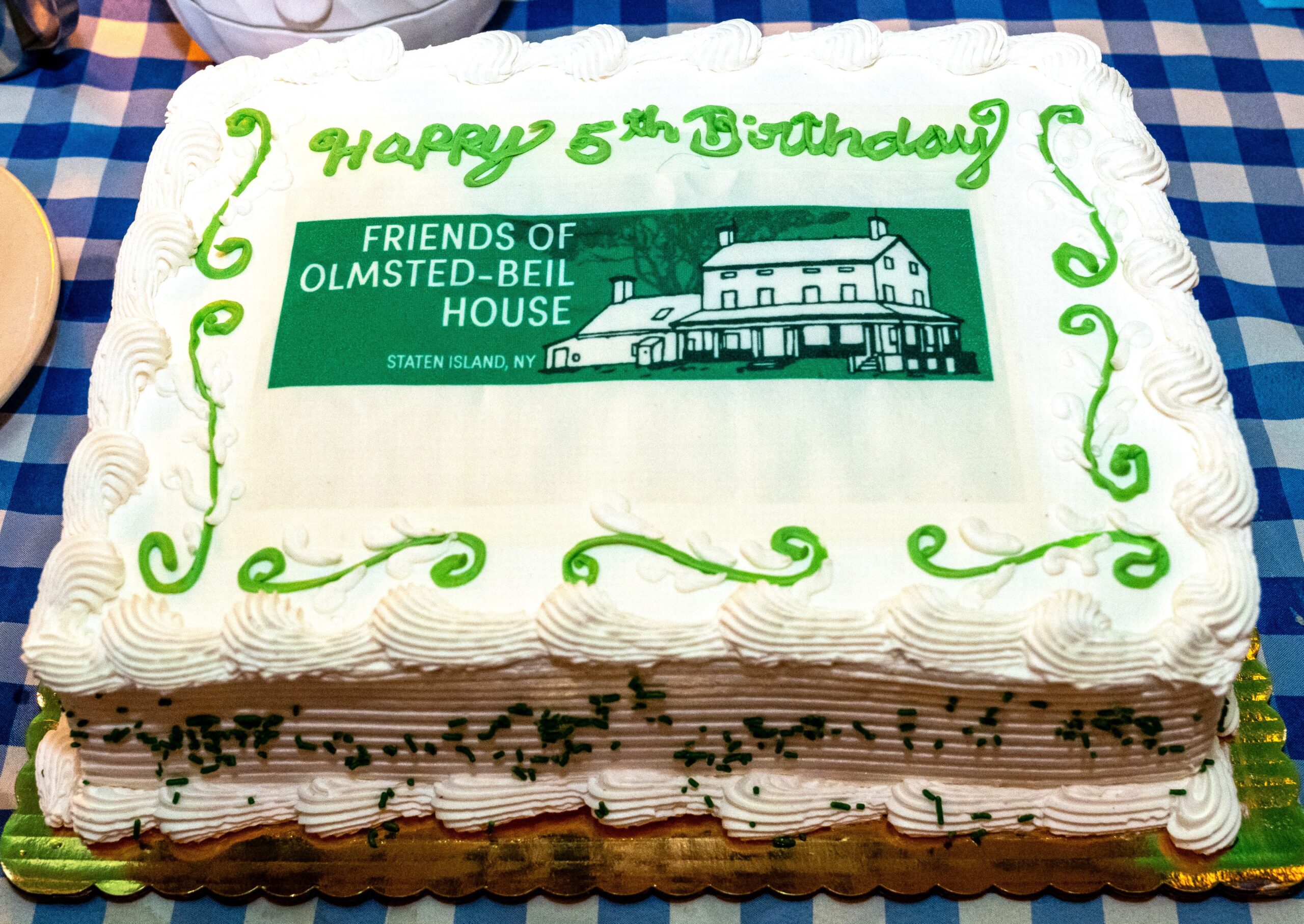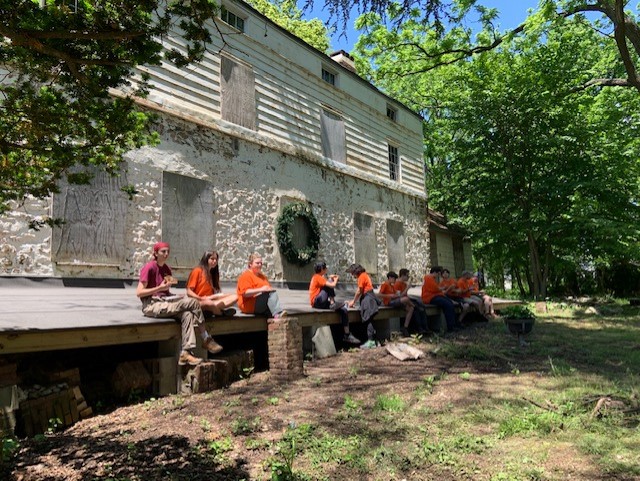
It was only a few months ago— at the beginning of June— when the final stage of a two-year process came to a successful close: I finished my Eagle Scout project! This project, though, turned out to be so much more than “just another day of service” to both me and the beneficiary of this project, the Friends of Olmsted-Beil House. But, let me start at the beginning…
Almost three years ago— before anyone had heard of COVID-19 or had given much thought to the word “pandemic”— I first started thinking about my Eagle Project. The project is the final culmination of the Boy Scouts of America’s Scouts BSA program, which now allows girls in its ranks. For this final leadership test, a Scout is tasked with developing a project that will benefit the community in a meaningful way. They are responsible for garnering aid and resources, reaching out to beneficiaries, and ultimately completing their chosen project.

Since environmental conservation is one of my biggest passions, I wanted to build several pollinator habitats—specifically blue bird nesting boxes, bee hotels, and bat houses— to go along with a pollinator garden.
The first organization I pitched my project idea to completely disregarded it and wanted me to lay down mulch on the existing paths in their park. This would have not only failed to reach the standards held for an Eagle Project but also fell short of my personal goals for a conservation project that would have a meaningful impact on both the environment and the people who enjoy it. Needless to say, I respectfully declined and looked elsewhere.
The next organization I reached out to was eager to accept my project but passed due to bureaucratic issues. By this time, the pandemic was raging, and my project seemed lost and forgotten during the lockdown.
It wasn’t until a fateful weekend in September of 2021, that I would meet Maureen Stoddard-Marlow, a board member from the Friends of Olmsted-Beil House (FOBH), at the Lighthouse Museum Fest in St. George, Staten Island, NY. I was there with my Sea Scout unit to give tours of the historic Sea Dart II. When I was given shore leave, I found myself wandering through the stands, where a bright green tent caught my eye. The conservationist and historian within me was absolutely thrilled to learn about the Olmsted-Beil property and the bicentennial of Frederick Law Olmsted.
When I saw how hard people like Maureen have been working to preserve the Olmsted-Beil House, I decided to share my project idea with them. When I explained what I was hoping to accomplish, Maureen gave me the contact information for William Bell— the man who eventually mentored me through almost every stage of the project’s process.
On November 21, 2021, I sent my finalized project proposal to the NYC Parks Department. They had final say on whether or not I would be allowed to do my project at the location. Not even two weeks later, on December 3rd, I was informed that the project was approved, and by the 20th of that same month, I would be starting the first phase of my project— meeting Bill, Eileen and Tina from FOBH at the house, surveying the site, and discussing our next steps.
The Olmsted-Beil property was a grand sight. The 200-year-old trees put stars in my eyes, but it was clear that the area needed love as it was hidden and seemed to have fallen victim to years of surrounding development and the spread of several invasive species.

By March, volunteers from the Friends of Olmsted-Beil House and the NY H2O organization had removed four or five Norwegian maples and their stumps from the area where the pollinator garden would soon be planted.
In April, my troop came together to stain, paint, and assemble three blue bird nesting boxes, three bee hotels, a bat house, and a butterfly box.
The following month, we returned to the site with over a dozen volunteers from BSA to do a final invasive species removal before the project concluded on June 4th.
The big day came quickly! Before I knew it, I was surrounded by over a hundred native plants from NYC Parks Native Plant Nursery on Staten Island. The plants included mountain mint, red columbine, Christmas fern, and much more. Friends, family, friends from my Troop and Sea Scout unit, and members of FOBH arrived, working from nine in the morning to dig holes, plant plants, install the habitat structures, and arrange the rocks for the garden’s border. Remarkably, the amazing collaboration wrapped by 1pm. We felt it only made sense to turn our lunch into a celebratory meal.
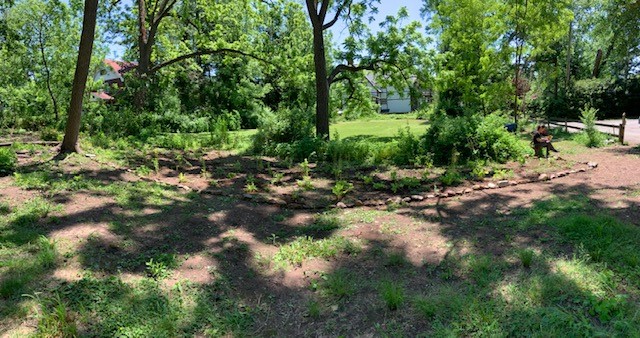
When I look back on the experience, I can’t help but feel proud of this project. Its completion means that I not only achieved BSA’s highest rank but that I made a long-term impact on my local community. Olmsted-Beil House Park is now a site boasting new native biodiversity, natural large-scale beautification, and a brand-new learning opportunity that will offer the visitors valuable historical and environmental education. I hope that my project marks a new era of stewardship and appreciation for this park and legacy of Frederick Law Olmsted.









